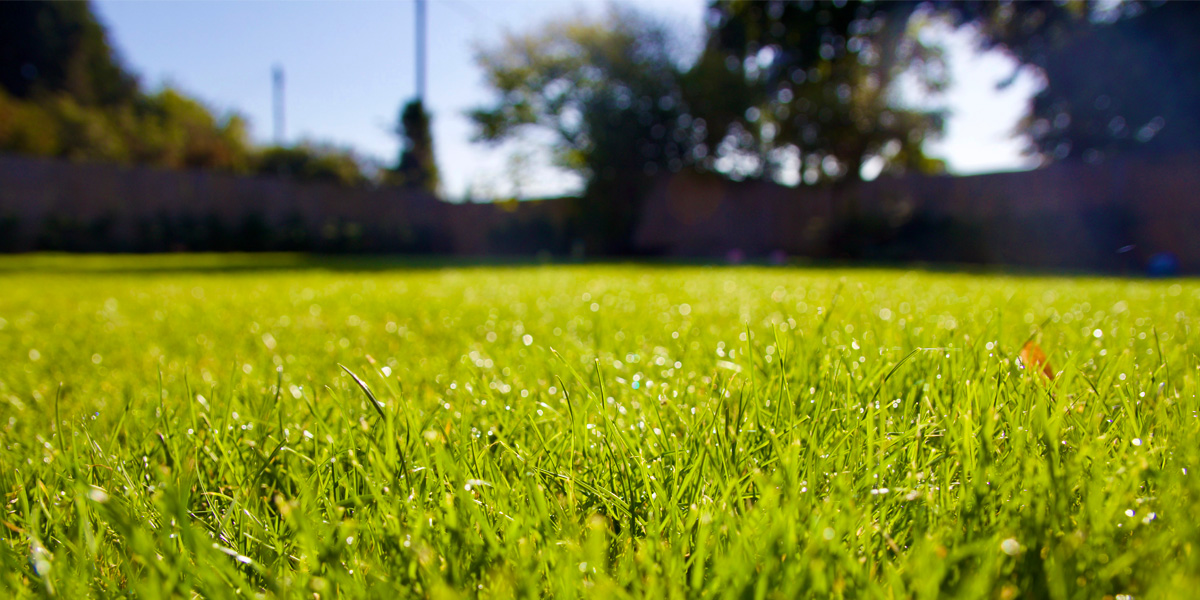
LAWN CARE
Aeration
This practice involves extracting a quantity of soil (called “cores”) at predetermined intervals on a grassy surface. It is usually done using an aerator by passing the machine evenly over the surface. Not only does it allow for some soil decompaction and aeration, it also allows water and fertilizer to better incorporate into the soil. A soil that is too compact does not allow roots to develop well and reduces the lawn’s ability to absorb the water and nutrients necessary for its proper development.
Dethatching
Dethatching involves removing the excessive accumulation of residual matter resulting from mowing the lawn. When the lawn is mowed without picking up the grass clippings, they generally decompose normally without intervention. However, it is possible that this accumulation forms a layer of residue that does not decompose well and acts like a sponge, storing water and nutrient inputs such as fertilizers intended for the lawn. This thatch layer is also an ideal place for the proliferation of harmful insects. Dethatching is done using a device called a dethatcher.
Seeding soil
Seeding soil refers to the application of a seeding soil mix, typically a combination of compost and sand, to prepare a bare soil surface for sowing grass or other plants. This technique is used in areas where the lawn is sparse or has bare patches.
Sodding
Sodding involves planting a new lawn using rolls of pre-grown grass. This method is usually done on a surface that has been leveled and cleared of vegetation. It promotes, among other things, quick establishment, a reduction in the growth of undesirable plants (weeds), and protection against soil erosion. Installing sod is the quickest and most effective way to establish a dense and uniform lawn.
Leaf cleaning/pickup
This involves cleaning up leaves on the lawn or in the flower beds. The accumulation of dead leaves can promote the development of pathogens such as fungi and harmful insects that can attack ornamental plants on your property. It is recommended to clean up/pick up leaves after they fall in the autumn or early spring before the start of the horticultural season. In addition to maintaining the aesthetic appearance of your property, this practice helps to prevent several pathogens.

